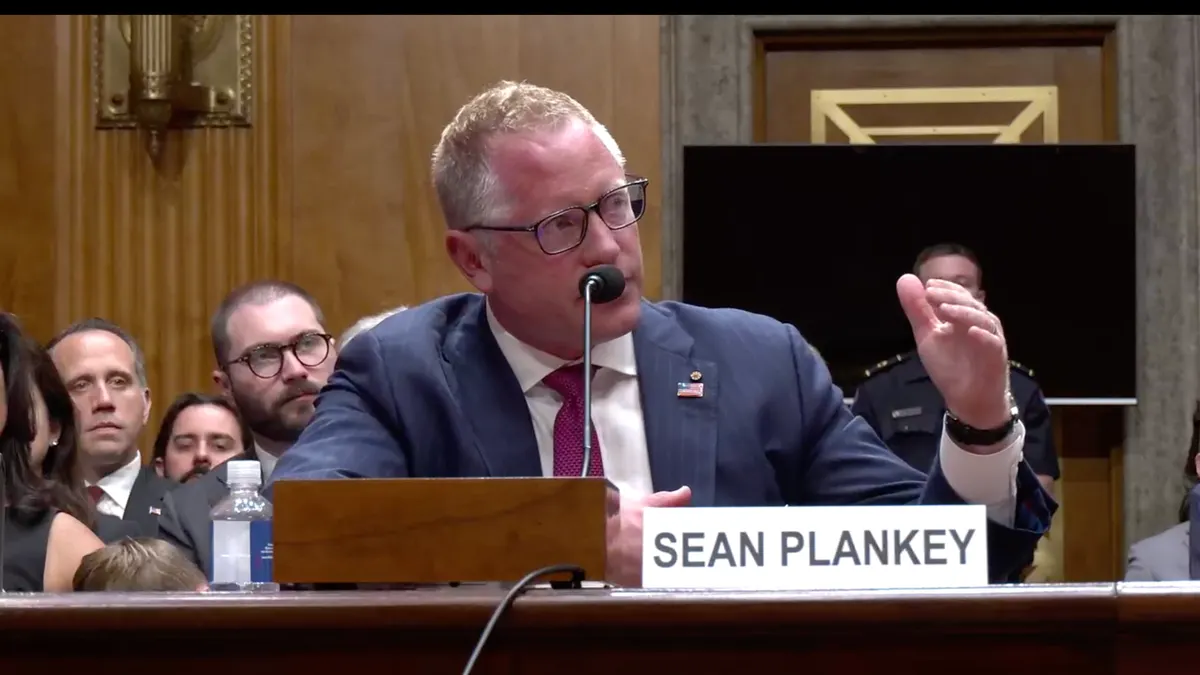Security operations center (SOC) leaders often struggle to provide useful security metrics to their executive audiences, such as board members and the CEO, CIO and CRO. Security leaders should prioritize effectively communicating the value and impact of SOCs to their executives, and that starts with SOC metrics that map to business goals.
A well-crafted SOC metrics catalog serves as a powerful tool for demonstrating and enriching the SOC’s contribution to the organization’s overall success. To ensure that security operations metrics are meaningful to executives, it is crucial to first align those metrics with the organization’s goals and mission-critical objectives.
Effective metric alignment requires a nuanced understanding of both technical security operations and the organization’s strategic objectives. Metrics should be framed in the context of potential or actual financial impact, time efficiency and strategic risk management.
Executives typically lack technical cybersecurity expertise, so traditional SOC metrics often don’t resonate for them. A better approach is multitier metrics, which combines both technical and strategic findings that provide context for the business side.
Building multitier metrics is the most effective way to ensure that executive, nontechnical audiences can connect business objectives directly to security operations performance:
- First-tier findings speak directly to a business-facing objective, such as reducing a business risk.
- Second-tier metrics are usually made up of outcome-driven metrics (ODMs). This tier describes progress toward a protection-level agreement, allowing security teams to negotiate a level of desired protection with executive stakeholders in exchange for a budget to achieve that level.
- Lower tiers of metrics are most commonly operational, helping security operations teams execute improvements in their everyday management- and performance-driven tasks.
Another best practice is to consider real-world questions that senior leaders might ask security teams or that may come up during investor meetings. A few examples are:
- What is the likelihood that our customer data could be stolen?
- Do we have good coverage and protection for ransomware incidents?
- How have we improved our security posture in the past six months, and how do we compare to our peers?
Use these questions to identify the most relevant SOC operational metrics that help you provide context. For example, consider information about the current level of security technology investment, the coverage of security monitoring and the incident response processes for critical systems (or lack thereof). These insights can also offer some direction as to how any of those security postures might be improved. This aligns security issues with a business-driven impact.
Some useful operations-level metrics in a report may include the percentage that monitoring tools protect critical data sources, progress in decreasing false positive rates and trends in the volume of detected cyber incidents.
Presenting security metrics in a compelling way
When presenting cyber-incident outcomes to an executive audience, it’s crucial to focus on the implications for the overall business strategy and to steer clear of technical details.
For instance, while an SOC leader might be interested in the number of alerts or the time it took to respond to an alert, executives focus on broader business impacts. They are more concerned with how these security incidents could affect the company’s financial health, reputation and operational capabilities. By linking technical data to business-relevant insights, you can best map security measures to business objectives.
Financial impact is also a primary concern for executives, especially the CFO, because it directly affects the bottom line and shareholder value.
Beyond financial concerns, executives — from the board to business unit leaders — are keenly focused on ensuring uninterrupted service delivery to customers and preventing reputational damage to the organization, so emphasizing cybersecurity’s role in business resilience will help translate the role of the SOC for them.
It’s crucial to articulate the SOC’s goal of protecting business assets in terms of maintaining competitive advantage, driving operational efficiency, and reducing financial losses. For example, use plain language to emphasize the importance of effective funding.
Headline-making incidents, especially those linked to an industry or technology, capture executive interest. It’s important to highlight how your security posture defended against such threats that have attracted media attention.
Use clear, simple illustrations or graphs to illustrate data trends. This helps create a short, concise business-centric narrative that will help make the data more compelling and digestible.
Focusing on financial impact, efficiency and risk management helps security leaders engage executives and support informed cybersecurity investment decisions, showcasing SOC achievements and positioning cybersecurity as vital to strategic objectives and competitive advantage.
Pete Shoard is a VP analyst on Gartner's Cybersecurity Threat Detection & Response team. He covers analysis in the areas surrounding security operations centers (SOC). Additional analysis into the latest research and advice for security and risk management leaders will be presented at the Gartner Security & Risk Management Summit, taking place June 9-11 in National Harbor, Md. Follow news and updates from the conferences on X using #GartnerSEC.




















